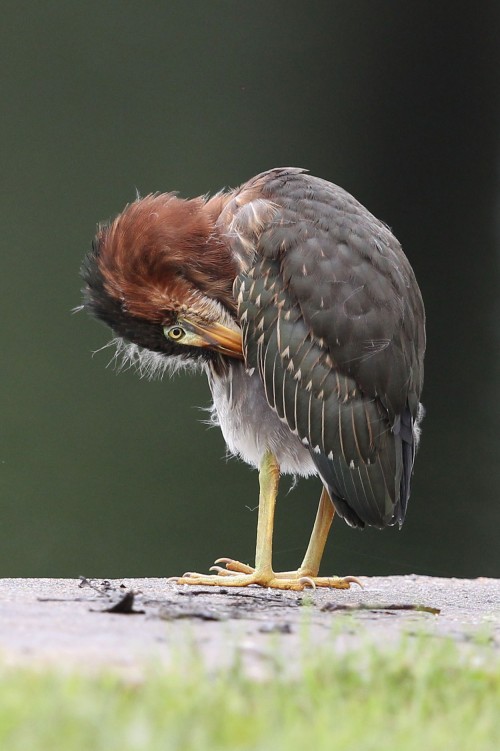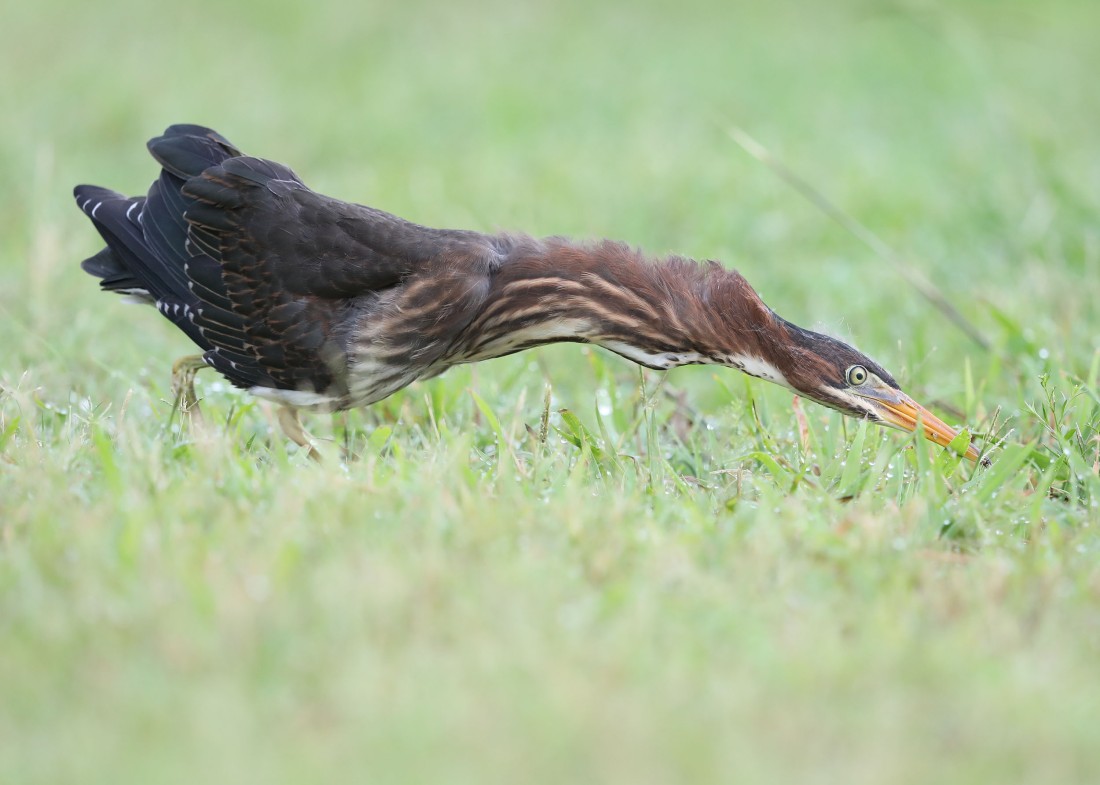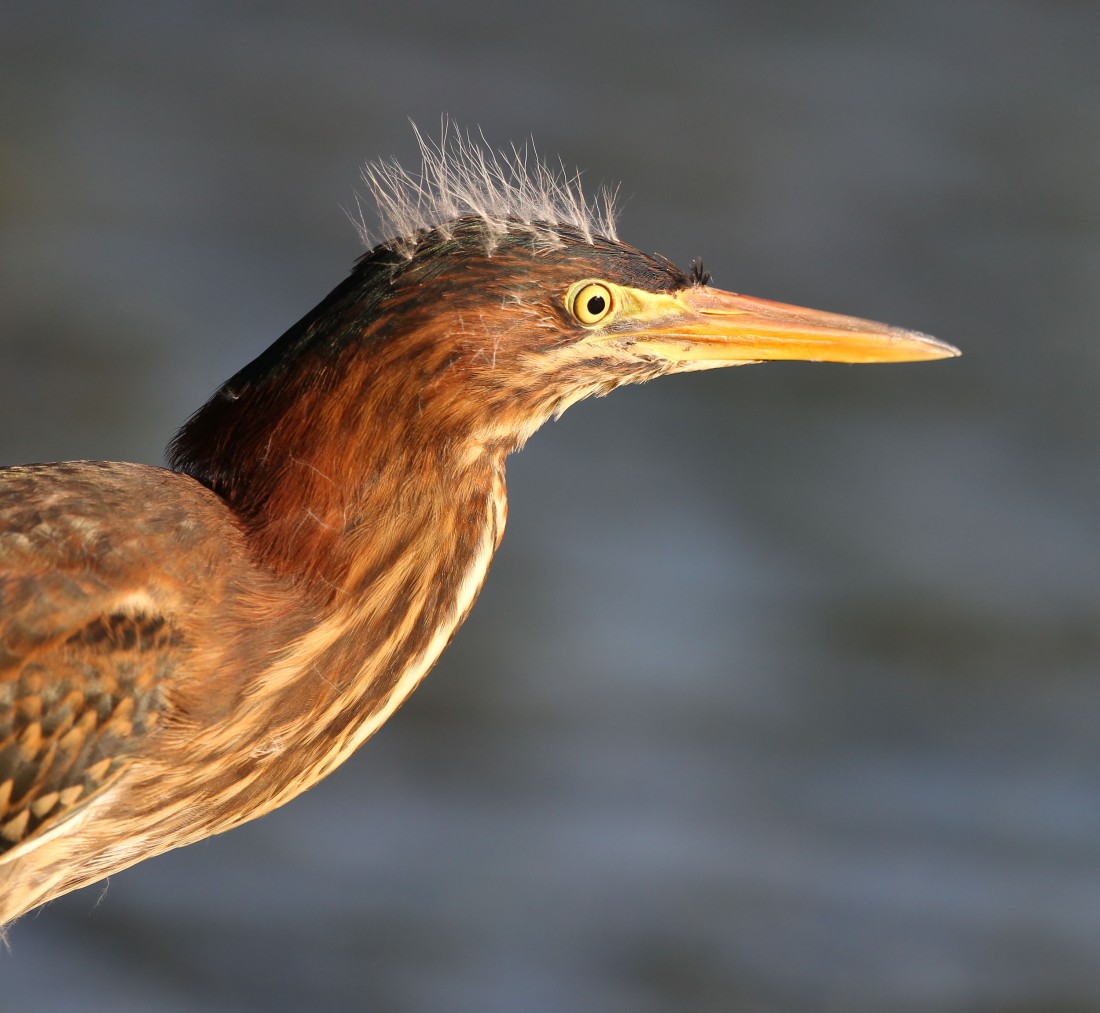My last blog, “An Ode to a City Park,” was an ode not just to a single 11-acre city park in Chesapeake, VA, but really to all city parks (and by extension, all natural places that have been built/preserved/restored). These parks are critically important for wildlife and also for people—especially neighborhood people (see below!). Research has shown that among other things parks provide visitors with any number of mental health benefits. If you have any doubts about the importance of these green spaces and about their need to be preserved and protected, please visit the City Parks Alliance website. You’ll find a wealth of information there.
My blog wasn’t just an ode to parks, though. It was an ode to what you can learn, especially about bird life, while visiting them. Of course, you can learn a lot about human life while visiting them, too. Click on any photo in this photo set to enlarge it and/or to view the entire set carousel-style. And do the same with the photo sets that follow.






I summarized “An Ode to a City Park” this way in an email I sent out to a few fellow birders from the great state of Maryland: “My blog concerns the importance of city parks for birds, bird life in general (migration, avian specialization, parental care in birds, bird vision and hearing, etc.), and the Green Heron, an immensely popular, yet difficult to study and understand species.”

The Green Heron
I ended that email with a reference to the Green Heron. But that’s where we’ll begin here. And our focus will be on young birds.
Now, I could write volumes about what I’ve learned in the last few months while engaged in my own “observational research” about this species (and about birds, in general), but for now, I thought it’d be fun to just share with you some photos of these fascinating creatures.

Of course, I’ll throw in a little commentary here and there. I can’t help myself. Like the late Toni Morrison, I enjoy writing as much as I enjoy most everything.
Young Green Herons Exploring
Here is a photo set of young birds just being young birds. Included is a photo of a nestling. I described Green Heron nestlings in some detail in “The Killdeer Saga, Part 2,” under “Killdeer Chicks.” The transformation of this bird’s feather coat from varicolored down to developing feathers to flight-ready juvenile feathers is truly remarkable—and remarkably quick. The transformation from dependent nestling to independent (or nearly independent) juvenile—and the drive toward independence—is remarkable, too.






Some of you may wonder how I’m able to get so close to these young birds. Yes, I do go into the field with a 500mm lens—and that helps. But because these birds have so little real-world experience, or because they’re so laser-focused on finding food, preening, or navigating the new environment, or because they’re so preoccupied with enjoying their freedom and experiencing the joy of living, I’ve been able to get remarkably close. I’ve sometimes had them only a few feet away (and couldn’t possibly fit them inside a photo frame). Here’s an example of what I mean. I could’ve almost reached out and stroked the traces of down on this young bird’s head, it was so close. You might be able to tell here that it wasn’t long after sunrise, which is always a great time to shoot.

Speaking of shooting…a few days ago a city contractor showed up at the park to treat the water with an herbicide. The algal bloom, created by what she described as “filamentous algae,” had reached nuisance level and was threatening wildlife, not to mention that it had become a real eyesore. I introduced myself and told her that I often come to the park to shoot birds. With a surprised and curious look, she responded, “I didn’t think you could do that here.” I went on to explain to her that by “shoot” I meant “take photographs of,” not dispatch. She smiled and appeared relieved. It was a fun exchange.
Young Green Herons Foraging and Feeding
As Green Herons spend a lot of time searching for food, a characteristic they share with other birds due to birds’ higher metabolic rate, I thought I’d include some photos I’ve taken of the young birds foraging and feeding. The last photo in the set is a silhouette. I’m having fun attempting silhouettes.
I was telling a gentleman who came up to me the other day—and people so often do when I’m out and about with my camera gear—that these young Green Herons aren’t adept fishermen yet, but boy do they know how to stalk and capture dragonflies. They are consummate pros in that department almost right out of the gate. But I also made it a point to tell him that just like consummate pros (and I was thinking there of Major League Baseball players) they only bat around .300, if that. The birds strike out a lot, and for the moment, anyway, the dragonfly evades capture.







It’s fascinating watching these juveniles stalk their prey. They move slowly and deliberately, all the while getting lower and lower. Once they finally get into position, they strike with almost blistering speed. Here we go again with baseball analogies, but that strike reminds me of the delivery of a high-powered fastball. And where all that torque comes from, God only knows.
Green Herons—Some Unusual Views
I’d like to begin to close things out with some photos of Green Herons as you might not have seen them before. As I said above, I’ve been able to get quite close to these birds. And as I’ve spent hours in a park just down the street watching them and photographing them, I’ve also had the privilege of seeing all kinds of interesting behavior on their part.








I like the above photos (and I hope you do too!), but I have a special fondness for the last one. As I mentioned in “An Ode to a City Park,” Green Heron adults and their young continue to associate after the youngsters have left the nest. This is true, I believe, of many other bird species, as well.
Almost every time I’ve observed these “parent-child” interactions, they were exactly like the one pictured above. The youngster assumes a submissive posture while the parent assumes a dominant one. Here’s an earlier example in the series that might illustrate that better.

In Closing
As we did the last time around, we’ll skip the closing sections. I have additional Green Heron, heron family, and park visitor photos which I’ll include in the next blog, so please stay tuned. Thank you, as always, for reading—and viewing! I welcome and appreciate your feedback. This last photo is for you.

Loved the article and photos fascinating and unique & that includes the human ones also😂
LikeLike
Katie, Thanks so much!
LikeLike
I enjoyed your blog very much. Well written and beautifully illustrated with your awesome images!
Well Done!
Mike Blevins Wildlife Photography
LikeLike
Mike, That means a lot. Thanks for taking the time to write and to comment.
LikeLike
Superb post, Dave! The photos are wonderful.
However, if I may do so, I feel the need to comment on your comments about getting close to the birds. I was hoping you were going to say the juveniles came around you as you sat still to take photos. Instead, it sounds as if you went to them.
There are many reasons it’s always best for wildlife if people keep a good distance from them, but I’m going to limit myself to the two most important: (1) Not every human is a friend to wildlife, so no one should try to make animals feel they needn’t fear people, and (2) Getting close to wildlife sets a bad example for other folks, who often approach too closely even animals that could hurt them!
Sincerely,
Marlene
LikeLike
Thanks, as always, for your comment, Marlene. Suffice it to say, these young birds are incredibly tame right out of the box, as many young birds seem to be. I kind of chuckle as I respond here, but there’s no way for anyone to keep his or her distance from 30 or more juvenile birds in a tiny 11-acre park. Also, I might not have made this clear, but more often than not, the birds approached me instead of the other way around.
LikeLike
I love the baseball analogy because just like you said, both spear-fishing and batting involve the same skills: speed and tremendous focus, and a batting/spearing average of .300 is good! Also even after years of birding, I just realized something. Shorebirds and wading birds like herons and egrets are much easier to observe because unlike songbirds they can’t hide amidst the leaves in trees. That said, your close-ups are incredible — I particularly like the fuzzy heads on the young ones.
LikeLike
Sandy, Happy you enjoy the references to baseball and that you enjoyed the blog. Interesting point about woodland vs. shorebirds, and yes, those fuzzy heads are cool. Good birding!
LikeLike
Beautiful work, Dave. Loved all the photos but especially the closeups and the one with the dragonfly in its mouth.
LikeLike
Pat, Thanks so much. I loved that dragonfly shot, too. It was about as big as the little bird’s head, and it presented a real challenge. Imagine trying to swallow something like that and with no way to chew it!
LikeLike
Incredible photos!
Text was great also and all in a small town park!
Real dedication here.
Happy birding,
Ellen from Massachusetts
LikeLike
Ellen, Thanks, and thanks for your kind words. One of the many, many things I’ve learned: Birds aren’t nearly as “fussy about place” as we are. They’d just as soon settle in a city park as settle in a National Park.
LikeLike
Hi Ellen, You’re featured in my latest blog, “A Few Thoughts on Birds and Bird Photography. ” All the best, Dave
LikeLike
Dave, Your photos are gorgeous!!! They complement your writing beautifully. Will you be offering any bird walks in the near future?
LikeLike
Thanks so much, Penny. I’m glad you find the text and photos complimentary. I really work on that. I’ll be leading a few bird trips this fall at Paradise Creek Nature Park in Portsmouth. Here’s the info: http://paradisecreek.elizabethriver.org/public-programs?fbclid=IwAR09D5AcAwdSwTfHcCYZQbGjsOtp5WCCEW56jIrjo8QGf-bB92Tdcu-W-8c. Hope to see you there!
LikeLike
This is a great story about your Green Heron observations. I also have had the privilege of documenting Green Heron families the past 3 years at a location in suburban VA Beach. Your observations are identical to mine. They are amazing birds!
LikeLike
Thanks, Pam. Share with me some time what you’ve learned. Isn’t it great zeroing in on 1 species and getting a real feel for it?
LikeLike
I was lucky to stumble on your blog. Since this is June 2020 are still blogging? I would certainly like be a part of that. I’m a newbie at birds but I have several websites to go to learn about the bird world. I was attracted to your article about the Green Her on especially since it seems to magically go from no neck to a long extended one. Please let me know if your blogging.
LikeLike
Sharon, I’m lucky to have you as a reader! Yes, I’m still blogging, and you might be interested in my latest. The Yellow-crowned Night Heron’s neck goes from inconspicous to something resembling a tree trunk.
LikeLike
Thanks for the blog and wonderful photos. I must say my experience trying to get a good look at a Green Heron has been different from yours though. Even approaching quietly in a kayak, they seem to flee the moment I lay eyes on them. I suspect you’re enjoying a local population that’s become acclimated to the presence of humans? In any case, nice presentation here sir! Well done!
LikeLike
Thanks so much, Ed. There may be some truth to what you say. I think that Green Herons might be more skittish away from their colonies and on their feeding grounds. My experience has been just that. I can get close to them, especially the young, around the colony or nesting site. But I can’t get close to them when they’re feeding elsewhere.
LikeLike
Thank you for this post and these pictures. I was having a really hard time figuring out what bird I just saw in a tree on the Sugar River here in Southern Wisconsin. I’m now confident it was a juvenile green heron, because it looked exactly like one of your photos, with the S-curved neck, tuft like a crown on the head, and brown coloring. We were kayaking on a fairly well-traveled river and were able to get quite close as long as we kept very quiet.
LikeLiked by 1 person